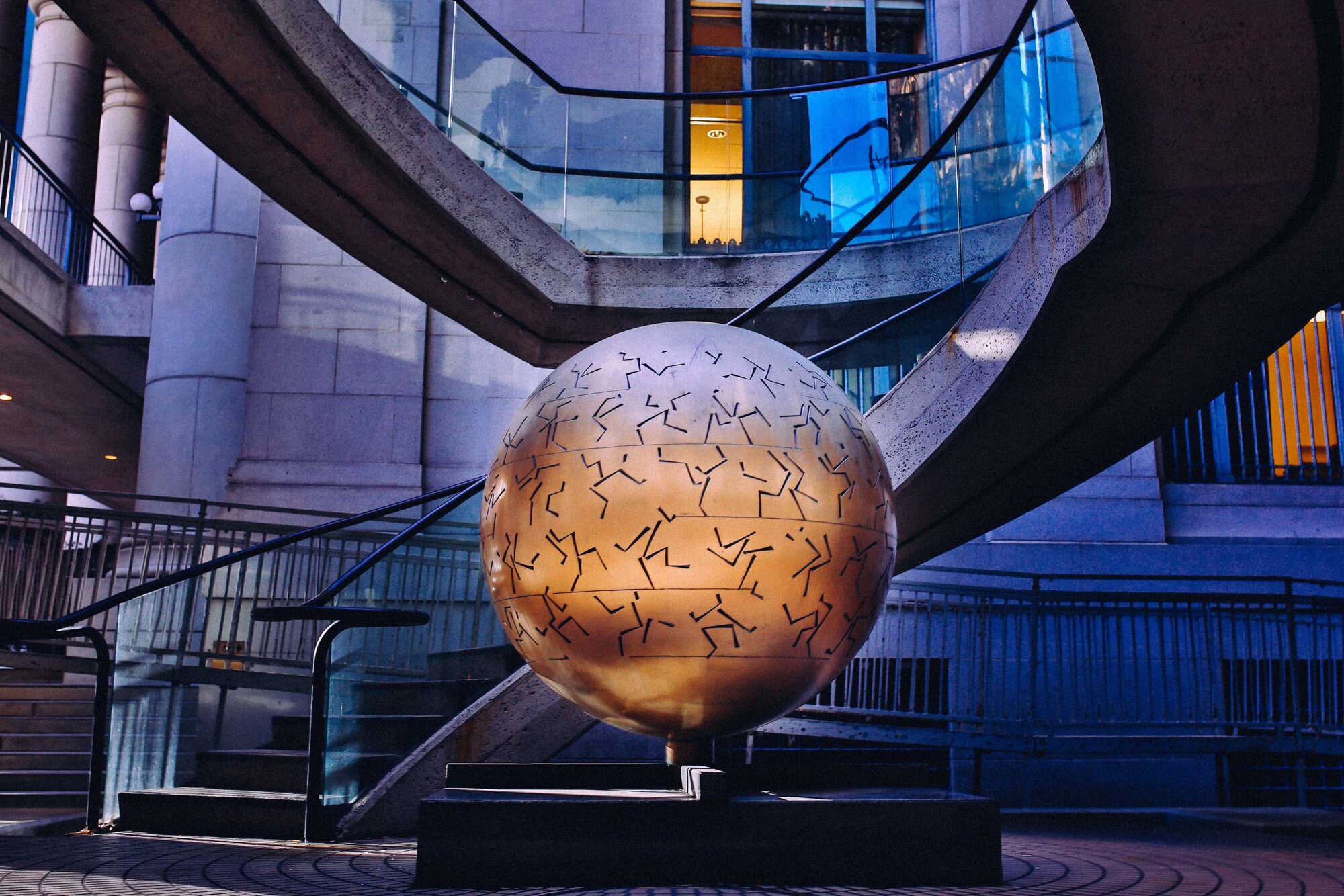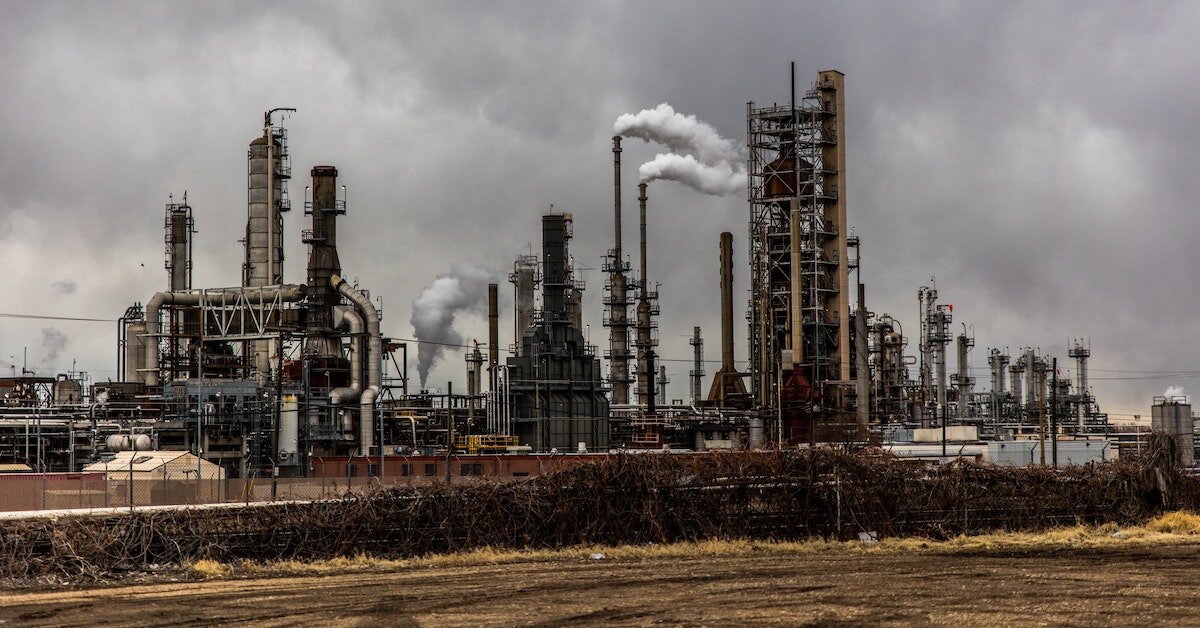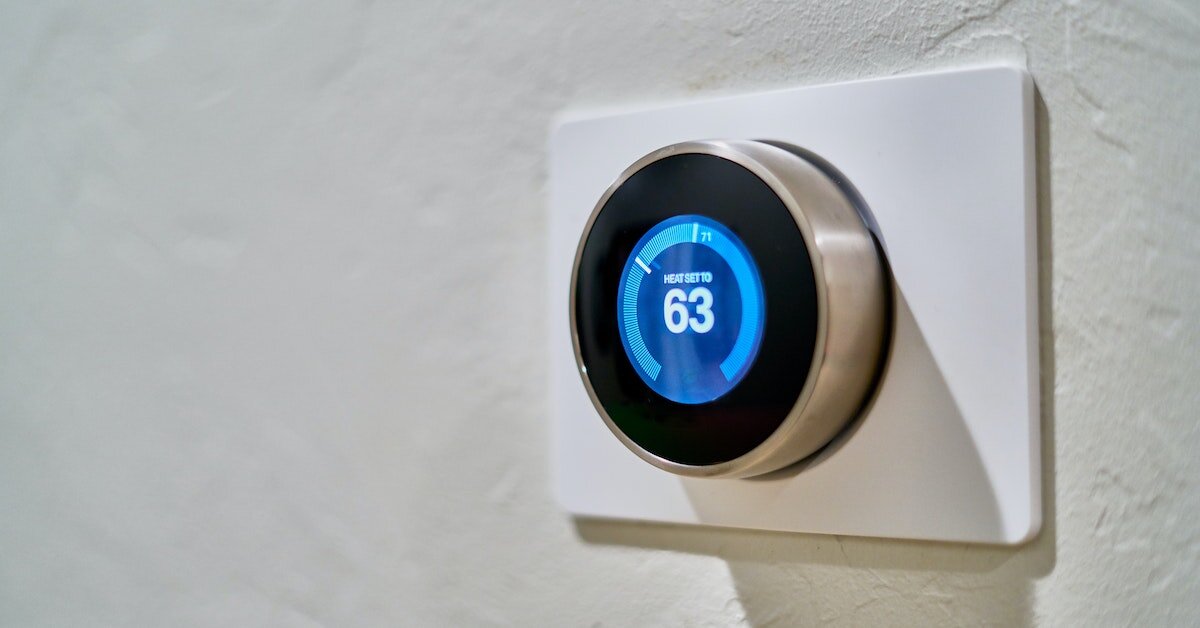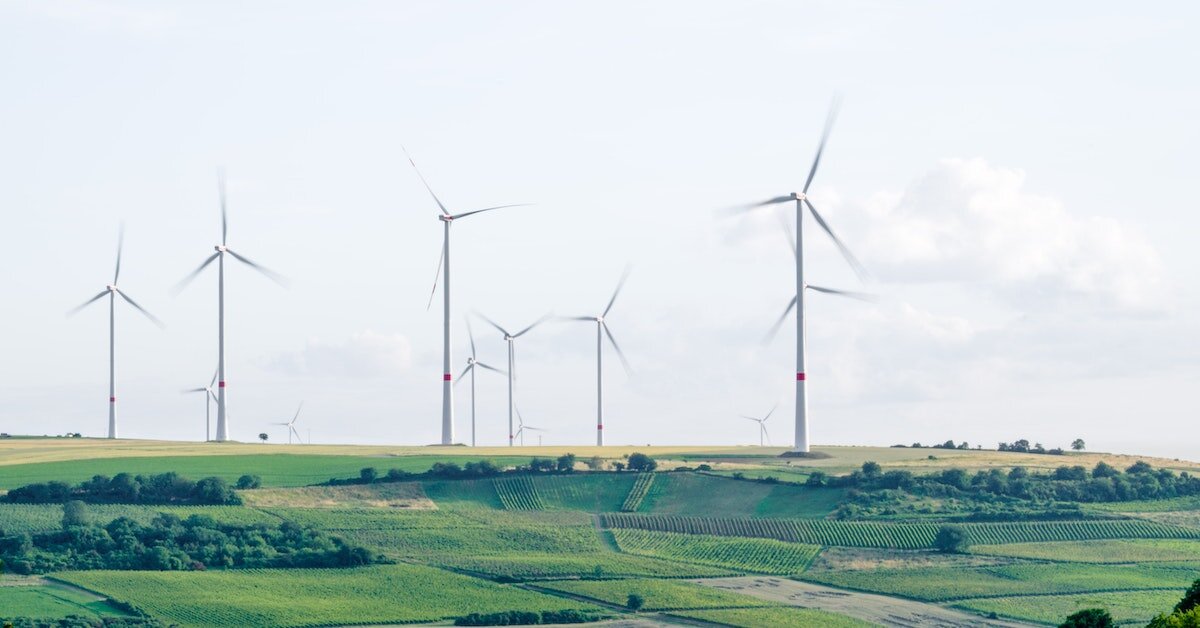Commercial Real Estate's Impact on Climate Change in 2023
Category: Learn

Impacts from climate change can present themselves in various ways within the commercial real estate sector, as outlined by CBRE’s recent report. The report reveals that as much as 35% of all REIT properties worldwide may be susceptible to potential environmental hazards linked to severe weather conditions, such as flooding and hurricanes.
At the same time, nearly $60 billion of commercial real estate bonds are backed by mortgages vulnerable to natural disasters. And the impact goes both ways: with the built environment responsible for much of the world’s carbon emissions, it is undeniable that commercial real estate impacts climate change. The Quadrennial Technology Review from the Department of Energy reveals that the buildings sector accounts for about 76% of US electrical use and 40% of associated greenhouse gas emissions.
This article examines commercial real estate’s impact on climate change, how climate-related factors affect CRE asset values, and ways property owners can make commercial properties more energy-efficient and sustainable.
Environmental Impact of Commercial Real Estate
The impact of commercial real estate assets on the environment is vast, according to the Deloitte Center for Financial Services. The studied impact includes most property classes, such as hospitality, medical centers, warehouses, retail, self-storage, office, and timberland, all affecting the industry’s carbon footprint. The primary driver of this impact is linked to the high costs involved in extracting water, fossil fuels, and other natural resources required to support the construction and daily operation of these properties.
In a 2019 article, Jonathan Watts highlighted that extractive industries are responsible for around 50% of global carbon emissions and over 80% of biodiversity loss. Over the past five decades, the rate of global resource extraction has undergone rapid expansion. In the initial thirty years, the increase in extraction fueled a significant boost to the worldwide economy. Yet, the story has changed since then. The growth rate has become constrained, with costs rising and environmental drawbacks becoming increasingly more challenging to disregard.
Commercial real estate’s climate impact is far-ranging, extending to greenhouse gasses, water abstraction, and air pollutants. When viewed through the prism of Watts’ report, it is no surprise that these three factors account for almost 90% of commercial real estate’s total environmental costs. The costs associated with CRE’s environmental impact have been surpassing the revenue growth within the industry, which could have a detrimental effect on property value in the future.
To fully appreciate the extent of commercial real estate’s environmental impact, examining the influence of various asset classes is essential. Whether it be hospitals and data centers or office buildings and shopping malls, commercial properties’ many operations significantly disrupt the natural environments surrounding them.
Hospitals and Health Care Centers
Hospitals and health centers are among the largest energy consumers within the commercial real estate industry, with single-use items and high-voltage machines contributing to their notable energy intensity. As per estimations, they account for roughly 10% of the total energy consumed by commercial buildings and a considerable share of carbon emissions produced by the sector. The Health Care Climate Council suggested that the average hospital utilizes roughly “2.5 times more energy per square foot than an office building.”
In just ten years, our healthcare industry’s rate of greenhouse gas emissions “increased 30%.” Today, our healthcare system in the United States “contributes 10% of the nation’s carbon emissions and 9% of harmful non-greenhouse air pollutants.”
Warehouses and Storage Units
Storage facilities rank among the most energy-consuming commercial building types, particularly those employing climate control and other forms of technology. The Verge writer Justine Calma notes that “warehouses and storage units have become the most common commercial buildings in the country” due partially to the pandemic-era online shopping boom. As the number of newly built warehouses across the country continues to climb, experts in the commercial real estate and climate science domains are raising growing concerns over the lasting environmental effects of these structures.
In general, when compared to office buildings, storage facilities and warehouses consume less energy overall. However, their energy consumption could be more efficient due to the deployment of outdated technologies. As construction of these structures continues rapidly, the excessive use of natural gas – labeled as the most substantial source of greenhouse gas emissions – could lead to a significant escalation in pollutant emissions.
Of course, operational energy usage is not this space’s only source of emissions. Calma writes that “building materials and construction are responsible for about 10 percent of global greenhouse gas emissions.”
Construction of new warehouses, particularly in areas subjected to extreme weather conditions, could show a stark rise in pollutant emissions generated during daily building operations. However, adopting new and more sustainable technologies throughout the building process could significantly mitigate a warehouse’s environmental impact, ultimately reducing emissions.
Data Centers
In terms of energy consumption, data centers rank even higher than other types of storage facilities due to a combination of the servers they house and the climate control needs of those servers.
An article for Forbes explains that “data centers consume approximately 200 terawatt-hours (TWh) of electricity or nearly 1% of global electricity demand.” Data centers account for “0.3% of all global CO2 emissions.”It can be challenging to grasp, but the fact remains that, despite seeming insignificant, data centers utilize more energy than entire countries such as Iran and others worldwide. According to an article in Nature, “electricity use by ICT could exceed 20% of the global total” in the coming decades. Data centers alone would use “more than one-third of that.” Without suitable measures and increased needs, the energy consumption of data centers, similar to warehouses and other storage facilities, could experience a significant surge.
Office Buildings, Retail Stores, and Shopping Malls
Combined, office and retail buildings comprise almost one-third of the total energy consumed by commercial buildings in the US. According to the US EIA, buildings utilized by mercantile and service industries represent “15% of total energy consumed by commercial buildings.” This includes malls, supermarkets, retail stores, car dealerships, and gas stations.
Office buildings alone are responsible for 14% of total energy. An article for Inc explains that the impact of office buildings on our environment extends far past energy usage. Pochepan notes that “office buildings are responsible for 41% of the world’s average energy use,” referencing the Green Building Council data.
Resorts and Hotels
The hospitality industry — home to commercial buildings like restaurants, resorts, hotels, and spas — contributes heavily to climate change. Yale University notes, “The global carbon footprint of tourism is almost four times larger than previously thought — accounting for 8 percent of the world’s greenhouse gas emissions.” Building and operating resorts and hotels are responsible for many of CRE’s energy consumption and emissions. According to the EIA, the sector accounts for 6% of the total energy consumed by commercial buildings in the US.
How Climate Change Threatens the Commercial Real Estate Industry
Commercial real estate plays a part in exacerbating climate change by releasing emissions created from its construction, upkeep, and operations. In addition, climate change also poses risks to commercial real estate due to increased sea levels, natural disasters, and extreme weather conditions.
In a paper for Columbia Law School’s Sabin Center for Climate Change Law, Jessica Wentz notes that “climate-related phenomena such as flooding and heatwaves can directly impair the performance and longevity of buildings and infrastructure. “Climate-related impacts “can also alter the nature and magnitude of environmental impacts associated with a particular project,” making commercial buildings more vulnerable and unsafe for consumers and users.
Unfortunately, climate change’s impact “on temperature, precipitation, storm patterns, rising sea levels, and other environmental processes” is expected to worsen in coming years. If more sustainable practices do not curtail emissions, impacts could be catastrophic.
Relationship Between CRE Valuations and Environmental Measures
High utility costs can significantly impact commercial real estate investments. As such, stakeholders should consider embracing environmentally-friendly measures to maximize their profits. Implementing specific improvements may require minimal expenditure, while others might require more investment but can result in significant returns.
Lower Operating Costs & Higher Returns
Opting for energy-efficiency updates in commercial buildings can result in substantial cost savings for property managers, developers, and investors.
According to Karen Ho in her October 2021 article for Business Insider, “sustainable buildings…consume 29 to 50% less energy” than typical buildings. They also consume “40% less water and produce 33 to 39% less carbon-dioxide emissions and 50 to 70% less solid waste.” Green buildings consume less energy “because of installing features like smart LED lighting and energy-efficient heating, ventilation, and air-conditioning systems.” Building green buildings or retrofitting older, less efficient buildings “also means fewer utility expenses and other financial benefits for building operators and tenants.”
Recent research indicates that buildings with green features experience less depreciation and maintain their value over time. Additionally, green buildings are more attractive to prospective tenants and investors due to their lower energy costs, improved air quality, and increased occupant comfort.
As a result of rising awareness of climate change and sustainability, many investors are now paying greater attention to how their investments interact with the environment. Retrofitting energy-intensive buildings to more efficient spaces cannot only deliver environmental benefits but also provide enhanced financial returns through higher occupancy rates, rents, and sale prices than non-green properties.
How sustainability factors affect NOI
Sustainability-related factors can impact the income generated from commercial property and its operating costs. The most significant factors that can affect net operating income (NOI) are:
- Occupancy levels
- Rental growth
- Service charges
- Business rates
- Premium on yield
- Debt availability/liquidity
- Refurbishment costs
- Energy, waste, and water expenses
- Insurance
How Climate Risk Affects CRE Investment Decisions
A recent report from the Urban Land Institute analyzed the relationship between climate risk and real estate. It also examined how climate changes drive future commercial real estate investment decisions. We summarize the results of the Urban Land Institute study below:
- Investors should consider threats to the environment posed by severe weather conditions such as hurricanes or localized flooding.
- An emphasis should be placed on building resilient infrastructure, investing in safeguards against potential damage, and evaluating the asset’s expected performance under future climate conditions.
- Local governments must be able to recognize, fund, and effectively carry out resilience policies that will keep both businesses and residents safe.
- An analysis of the financing options available for resiliency investments and the estimated lifespan of said investments is essential to accurately assess their potential impact on investment prospects.
- Examining the risk sentiments held by stakeholders such as insurers, lenders, key employees, and residents can help determine the potential ripple effects on investors’ and lenders’ views of the project.
Making Commercial Buildings More Energy Efficient
Many cost-efficient solutions are available to make commercial property more energy efficient without spending substantial capital. Energy Star provides a directory of low-cost measures and cost-effective investments that can reduce energy waste, making it easy for property owners to save money:
Low-Cost Measures
- Turn off lights when not in use or when occupants can use natural light.
- Set back thermostats at times when the building is unoccupied.
- Improve operations and maintenance practices by routinely checking and maintaining equipment.
- Optimize start-up time, power-down time, and equipment sequencing to reduce energy loads.
- Revise janitorial procedures to minimize the hours that lights operate each day.
- Educate tenants and employees about how their behavior affects energy use and operating costs.
Cost-Effective Investments That Improve Energy Efficiency
- Work with an energy services provider to manage and improve energy usage.
- Install energy-efficient lighting such as compact fluorescent lights (CFLs), light-emitting diode (LED) exit signs, and occupancy sensors.
- Install window films and add insulation or reflective roof coating to reduce energy consumption.
- Upgrade or install new HVAC equipment to meet reduced loads and benefit from today’s energy-efficient technologies.
- Use a vendor performance contract to ensure energy savings from any upgrades made.
- Engage in energy audits and retro-commissioning to identify areas of energy inefficiency.
Tax Benefits and Other Government Incentives
- 179D Energy-Efficient Commercial Building Tax Deduction
- Energy Investment Tax Credits
- Better Buildings Initiative and L-Prize® from the DOE
- Accelerated Recovery Period for Depreciation of Smart Meters and Smart Grid Systems
Consumers and Investors Demand Environmental Responsibility from CRE Industry and Others
In “The Rise Of Climate-Conscious Consumers” for Forbes, Ron Shevlin writes that nearly “one in four Americans considers climate change” the most critical social issue. Many consumers are willing to pay more for sustainable products and go out of their way to work with climate-conscious companies.
Potential profits for businesses that “go green” are huge. According to BusinessWire, 85% of people globally “have shifted their purchase behavior towards being more sustainable in the past five years.” 34% of consumers are willing to pay more for green goods and services, while 25% are willing to pay a premium.
Consumers and users are not the only groups committed to environmental responsibility. Michelle Bachir and Meadow Hackett explain in their post “Decarbonization of Real Estate: End-to-End Business Transformation” for Deloitte’s Risk Advisory blog. They note that investors have already begun to apply pressure and are starting to align “their portfolios with the Paris Agreement.” Hundreds of investors are now “[making] ESG, particularly climate change, central to their investment strategies.”
Positioning CRE for Future Success
Commercial real estate has a significant impact on climate change, and the effects of climate change are likewise felt in the industry. However, proactive investors and building owners who take action now could gain an advantage over their competitors.
Enhancing energy efficiency could be critical in mitigating the threats of sea level rise, extreme temperatures, wildfires, and other physical risks. Asset managers, property owners, and other investors should consider the effects of climate change on commercial real estate when making investments and work to reduce their emissions to satisfy the sustainability expectations of tenants, investors, users, and consumers.





